Sedation Dentistry
We offer many important services for our special needs and pediatric patients.
Our Latest Technologies
Some of the most impressive recent developments include noninvasive laser techniques, nonsurgical periodontal therapies, digital radiography, and operatory software. Not since the advent of intraoral cameras has there been so much excitement.
Easy EMI options
From root canals to dental implants and simple oral hygiene, get the best dental treatment for you and your family and divide the cost into easy monthly instalments with Lifecare Finance only on an EMI Network.
Quick Efficient Service
We understand that waiting may be hard for little ones, so we ensure our service is done quickly and efficiently.
Inhalation Sedation
You breathe nitrous oxide — otherwise known as “laughing gas” — combined with oxygen through a mask that’s placed over your nose. The gas helps you relax. Your dentist can control the amount of sedation you receive, and the gas tends to wear off quickly. This is the only form of sedation where you may be able to drive yourself home after the procedure.
General Anesthesia
General anesthesia is a combination of medications that put you in a sleep-like state before a surgery or other medical procedure. Under general anesthesia, you don’t feel pain because you’re completely unconscious. General anesthesia usually uses a combination of intravenous drugs and inhaled gasses (anesthetics).
Oral sedation
Depending on the total dose given, oral sedation can range from minimal to moderate. For minimal sedation, you take a pill, and it’s usually taken about an hour before the procedure. The pill will make you drowsy, although you’ll still be awake. A larger dose may be given to produce moderate sedation. This is the type of anesthesia most commonly associated with sedation dentistry.
IV moderate sedation
You receive the sedative drug through a vein, so it goes to work more quickly. This method allows the dentist to continually adjust the level of sedation.
Deep sedation and general anesthesia
You will get medications that will make you either almost unconscious or totally unconscious — deeply asleep — during the procedure. While you are under general anesthesia, you cannot easily be awakened until the effects of the anesthesia wear off or are reversed with medication.
Clinical Area
Kids Friendly Environment, which will make your child feel comfortable and happily get the Treatment done. We strive to make your child’s visit as comfortable as possible.

What Is Sedation Dentistry?
Sedation dentistry uses medication to help patients relax during dental procedures. It’s sometimes referred to as “sleep dentistry,” although that’s not entirely accurate. Patients are usually awake with the exception of those who are under general anesthesia.
The levels of sedation used include:
- Minimal sedation — you are awake but relaxed.
- Moderate sedation (formerly called “conscious sedation”) — you may slur your words when speaking and not remember much of the procedure.
- Deep sedation — you are on the edge of consciousness but can still be awakened.
- General anesthesia — you are completely unconscious.
